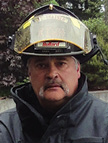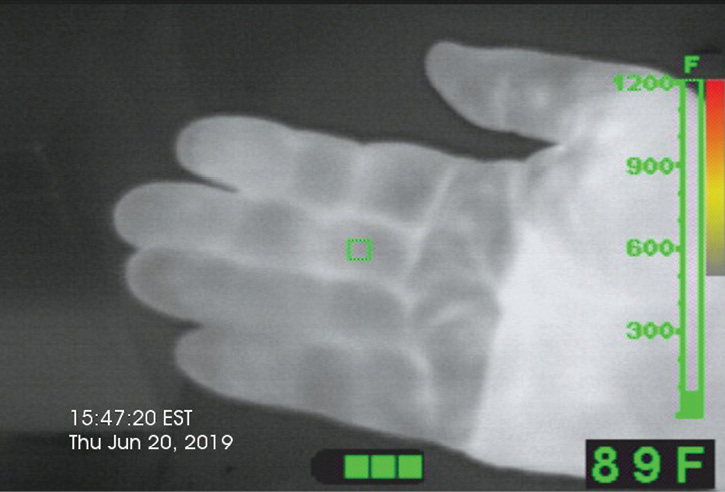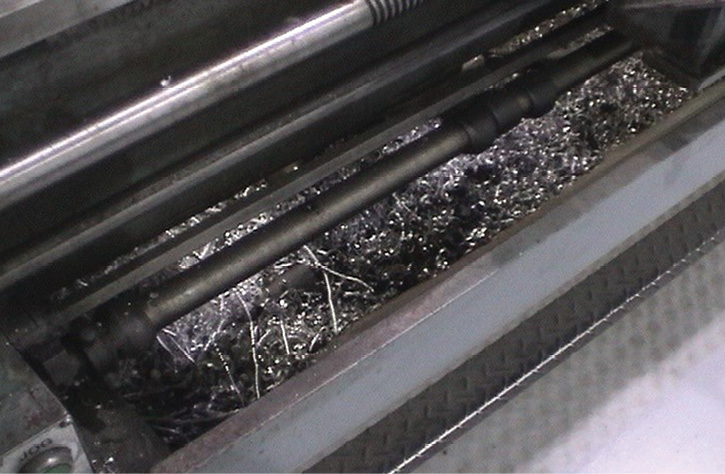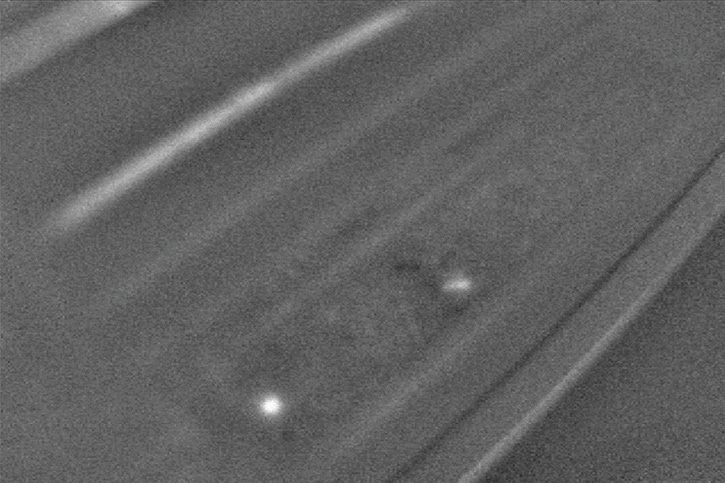
Thermal Imaging and Medical Emergencies

BY MANFRED KIHN
I recently had the privilege of training firefighters in South America, which inspired me to write this month’s column. This vast world we live in gives us various climate changes where in many cases a thermal imager (TI) could be a valuable tool to assist in medical emergencies.
As I’m often asked, can you use a TI on every call that you go on? Many fire services today are tasked with emergency medical services (EMS) responsibilities, so chances are there is a TI being charged up perhaps next to a defibrillator somewhere on the apparatus.
Think about the basic colors on your TI display screen. You have “white is hot,” “black is cold,” and “shades of gray” for everything else. Using a TI for conducting patient assessment should take you only a couple of minutes, which can aid in possible treatment.
Countries that have warmer or tropical climates would encounter more heat stroke or heat exhaustion type medical emergency situations. To conduct a quick patient assessment, scan the head and face areas of a person who is not feeling well. Your TI would show hotter or whiter images on the display screen. Plus, use your relative heat indicator for temperature measurement to further assess the patient.




Even though you cannot rely 100 percent on your TI giving you an accurate temperature, scan another firefighter or bystander’s face quickly to see the temperature differential. We know that human body temperature is 98.6°F or 37°C, but we also have to take into consideration that some people can often run a temperature that is a few degrees hotter or cooler. If there is a drastic increase in temperature, the person may be experiencing some sort of distress.
In photo 1, the person appears to be experiencing no distress, since the TI images are showing darker, especially around the face. Now for those who live farther north or in countries that have to face the wrath of Mother Nature’s brutal force called winter, we would experience cold type emergency situations such as frostbite and hypothermia. Again, our TI display screen would show the opposite of heat, which would be colder or darker images. Fingers, hands, and face are very good TI scanning areas of the body when doing an assessment. The patient may not be as responsive or able to provide details of the emergency, and you can use the TI as a quick assessment tool. Some people suffer from poor blood circulation; in this instance, the TI would show those body parts such a nose, hands, feet, etc. as darker in color.
In the medical profession, infrared imaging is widely used for patient assessment. In photo 2, the TI is showing clearly that the palm of the hand is much hotter than the fingers.
Let’s say you receive a call responding to an industrial accident where there has been an amputation of limbs or fingers. The TI will aid in the location of those parts for quick recovery. Blood splatter will be visible in the TI display screen, which will look no different than if you spilled hot coffee or hot water on the floor. Both will look the same to the TI. Farming equipment such as augers and conveyors or home yard maintenance equipment such as lawn mowers, rototillers, etc. are heavy machinery where accidents occur.
Emergency medical personnel who respond to these accidents need to remember the TI can be a valuable tool for assessing the situation and possibly locating a lost limb that could be taken to a hospital and reattached. Photos 3 and 4 show an industrial accident where two fingers were amputated with a lathe (photo 3). Firefighters used the TI to successfully recover the amputated fingers, seen in photo 4 as two white signatures, and transport them to the hospital for a successful reattachment.
Regardless of where you live or what season you are in, remember that your TI is another valuable tool for responding to medical emergencies.
MANFRED KIHN is a 19-year veteran of the fire service, having served as an ambulance officer, emergency services specialist, firefighter, captain, and fire chief. He has been a member of Bullard’s Emergency Responder team since 2005 and is the company’s fire training specialist for thermal imaging technology. He is certified through the Law Enforcement Thermographers’ Association (LETA) as a thermal imaging instructor and is a recipient of the Ontario Medal for Firefighters Bravery. If you have questions about thermal imaging, you can e-mail him at manfred_kihn@bullard.com.

